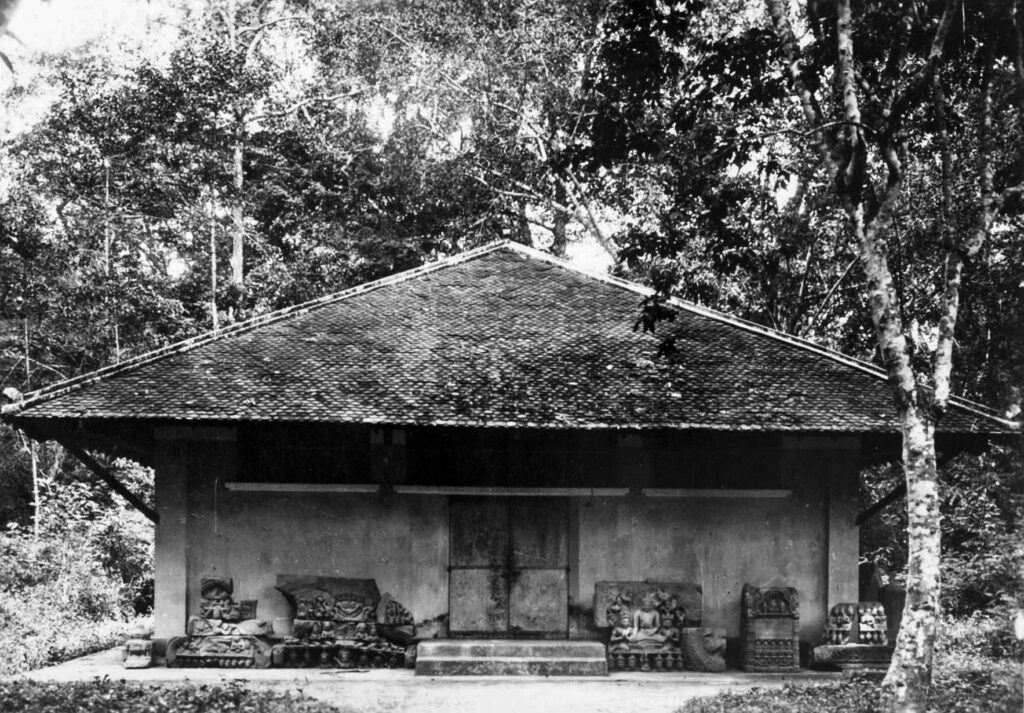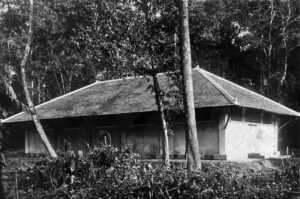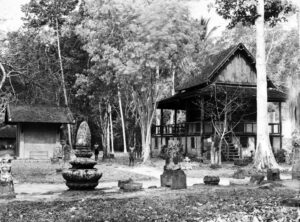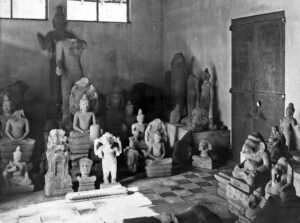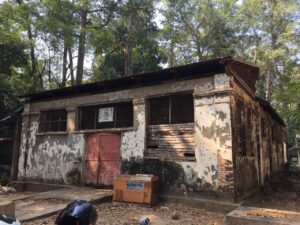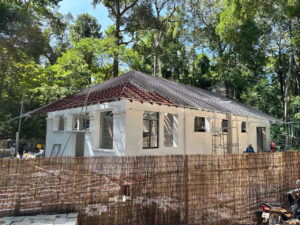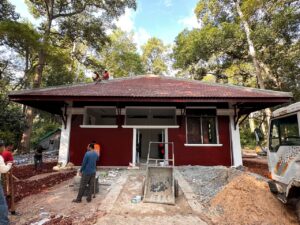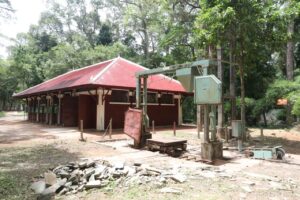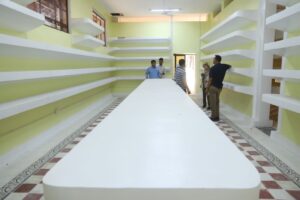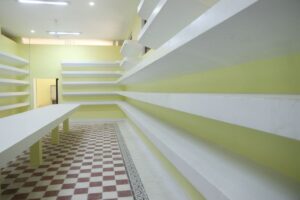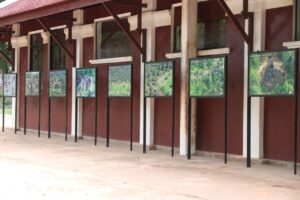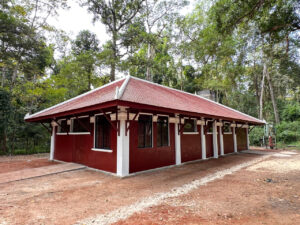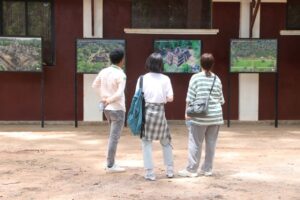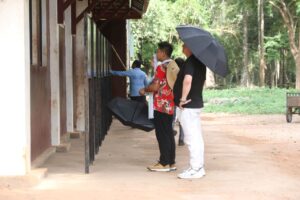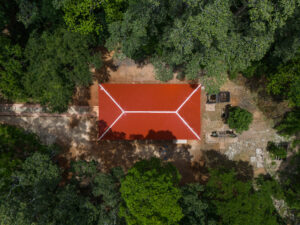អាជ្ញាធរជាតិអប្សរាបានជួសជុលអគារដែលមានអាយុកាលជាង១០០ឆ្នាំ ដែលមានទីតាំងនៅផ្នែកពាយ័ព្យនៃប្រាសាទបាយ័ន ឱ្យមានសោភ័ណភាពឡើងវិញ ព្រមទាំងមានគម្រោងប្រើប្រាស់ជាថ្មី ដើម្បីបម្រើឱ្យផ្នែកវិស័យទេសចរណ៍ និងការសិក្សាស្រាវជ្រាវជុំវិញកិច្ចការអភិរក្សអង្គរ នៅពេលឆាប់ៗ។
ឯកឧត្តម ឡុង កុសល អគ្គនាយករងនៃអាជ្ញាធរជាតិអប្សរា មានប្រសាសន៍ថា អគារនេះ គឺជាឃ្លាំងនៃអភិរក្សដ្ឋានទី១ ដែលបានកសាងឡើងតាំងពីសម័យបារាំងនោះ មានលក្ខណៈជារោង សម្រាប់បម្រើឱ្យការងារជួសជុសប្រាសាទបុរាណនានានៅក្នុងតំបន់អង្គរ។ ដោយអគារនេះ មានលក្ខណៈតូចមិនអាចពង្រីកបាន ព្រោះប៉ះពាល់ដល់ប្រាសាទ និងមិនអាចទ្រទ្រង់ការងារអភិរក្សដែលមានទំហំធំ ទើបអ្នកគ្រប់គ្រងពេលនោះ បានសម្រេចចិត្តប្តូរមកកសាងអគារអភិរក្សដ្ឋានថ្មីដែលមានទីតាំងនៅក្នុងភូមិទ្រាំង សង្កាត់ស្លក្រាម ក្រុងសៀមរាប ទល់មុខវត្តព្រះឥន្ទកោសីយរហូតដល់សព្វថ្ងៃ។
ឯកឧត្តម ឡុង កុសល បញ្ជាក់ទៀតថា ការប្រើប្រាស់អគារអភិរក្សទី១ឡើងវិញ គឺចង់ឱ្យកូនខ្មែរជំនាន់ក្រោយ និងភ្ញៀវទេសចរទាំងឡាយ បានយល់ដឹងពីប្រវត្តិសាស្ត្រ និងដំណើរនៃការជួសជុលអង្គរ កាលពីសម័យមុន តើប្រព្រឹត្តទៅយ៉ាងណា? ហើយតើគេប្រើប្រាស់ឧបករណ៍អ្វីខ្លះ? និងប្រើប្រាស់បច្ចេកទេសបែបណា?។ ម៉្យាងទៀត អគារនេះក៏នឹងត្រូវបានរៀបចំជាកន្លែងប្រគល់សម្ភារ ឬរបស់របរផ្សេងៗដែលភ្ញៀវទេសចរជ្រុះ ឬភ្លេចនៅតាមប្រាសាទ៕
អត្ថបទ៖ ឆាយ ផាន់នី
រូបភាព៖ អាជ្ញាធរជាតិអប្សរា និងលោក Oliver CUNIN
The APSARA National Authority has undertaken the renovation of a century-old building situated northwest of the Bayon Temple, aiming to restore its historical significance. This initiative is part of a broader plan to repurpose the structure for tourism and research focused on the conservation of Angkor.
According to H.E. Mr. Long Kosal, Deputy Director General of the APSARA National Authority, this building originally served as the warehouse for the first conservation center established during the French colonial period. It functioned as a workshop dedicated to the restoration of ancient temples within the Angkor complex. However, due to its limited size and the potential impact on the temple, it was deemed necessary to relocate the conservation efforts to a larger facility in Traeng Village, Slakram Sangkat, Siem Reap City, which continues to operate today.
Mr. Long Kosal emphasized that repurposing this historic building will provide future generations of Cambodians and visitors with insights into the history and methodologies of Angkor restoration. The renovation will showcase the tools and techniques used in past conservation efforts. Additionally, the building will serve as a designated area for returning lost or forgotten items that tourists may leave behind at the temple.
Article by Chhay Phanny
Photos by APSARA National Authority and Oliver CUNIN
Translation by Net Phirun

